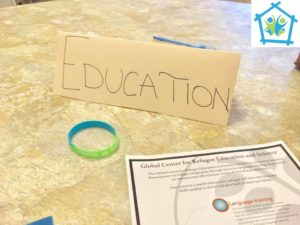 -Ron Lapitan, Former Community Outreach Coordinator
-Ron Lapitan, Former Community Outreach Coordinator
There is a coalition of Northern VA orgs serving refugees called the Capacity Initiative, which had its quarterly meeting today in the basement of a Lutheran church to discuss gaps in the refugee integration process. Before you reach the church, you pass Lutheran Social Services, one of the major agencies resettling refugees in this area. The other two are Catholic Charities and the Ethiopian Community Development Council, who are ubiquitous at all of these meetings.
Together, they have resettled 1,844 refugees in our area this year, helping them also to connect with local health services and get employed, with the goal of being self-sufficient 4-6 months after their arrival. The majority come from Afghanistan and are Special Immigrant Visas (called SIVs for short), refugees given priority because their lives are at risk for serving US interests. The next two largest groups come from Iraq, and minors from El Salvador.
The Capacity Initiative brings together orgs to holistically address the needs of the resettlement agencies’ clients. There are Capacity Initiatives just like us to equip every county throughout the state to adjust. The orgs of our Capacity Initiative sit at working groups based on the aspect of the refugee integration process addressed by their expertise, including housing, health, government, and faith. I sat with the education group, representing the Center for Health and Human Rights’ high school empowerment program, which supports many immigrant and refugee students to cope with the social-emotional struggles of adapting to a new culture. Sitting across from me were friends from Catholic Charities who connected us to the ESL programs at some of our schools. We have also been discussing developing a version of our program specifically for the youth from their client families from different high schools. “We’ll get back in touch with you, once we have an estimate of how many arrivals we are expecting this year,” said my contact.
Sitting next to me was Lyla, the founder of Global Center for Refugee Education and Science, an Non-Government Organization (NGO) that just got registered in February. “We do trainings to help refugees build the language skills and awareness of culture that are essential to integrating,” said Lyla.
“My expertise is ESL, and I saw from my research that helping refugees build language skills was a great need,” she described. “The day the body of Aylan Kurdi, the refugee boy, was found washed up on the shore, was the day my own son took his first steps. They were the same age. It could have been my son, I thought, if I didn’t live in a different country. That’s when I knew I had to do something,” she said.
“We are designing our program to help students build their language skills. Perhaps I could consult with you about our curriculum,” I said.
“We’d love for you to speak to our family classes about your resources, such as your free medical services,” she answered.
“I’ll email you today,” I said with a smile. We exchanged cards and shook hands.
The meeting ended, and we parted. So it continues, all of us trying to raise the community’s capacity to adapt to the needs of a shifting world, and lessen suffering in our small piece of it.
“Where, after all do universal human rights begin? In small places, close to home, so close and so small that they cannot be seen on any map of the world… Such are the places where every man, woman and child seeks equal justice, equal opportunity, equal dignity without discrimination…”
– Eleanor Roosevelt
#healthasright #chhr
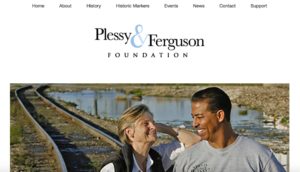 -Ron Lapitan, Former Community Outreach Coordinator
-Ron Lapitan, Former Community Outreach Coordinator

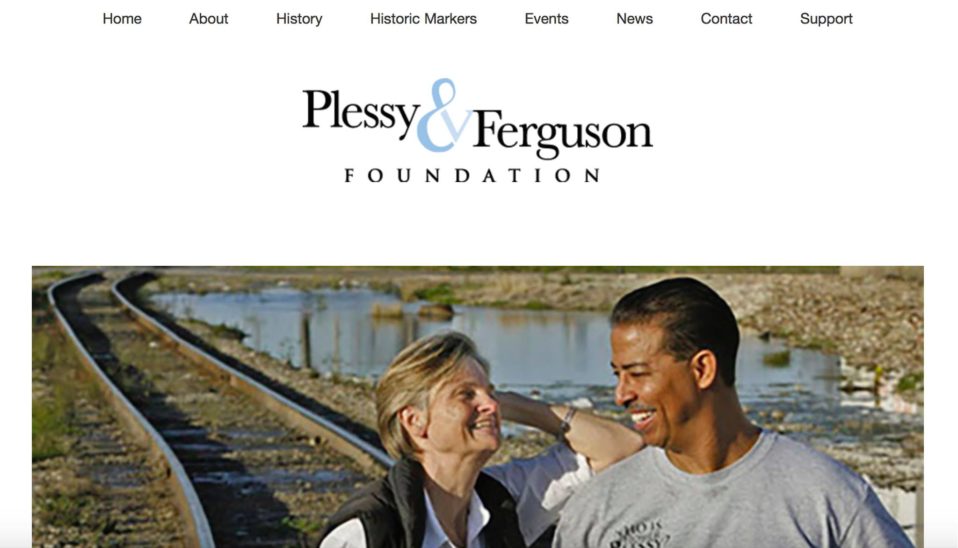
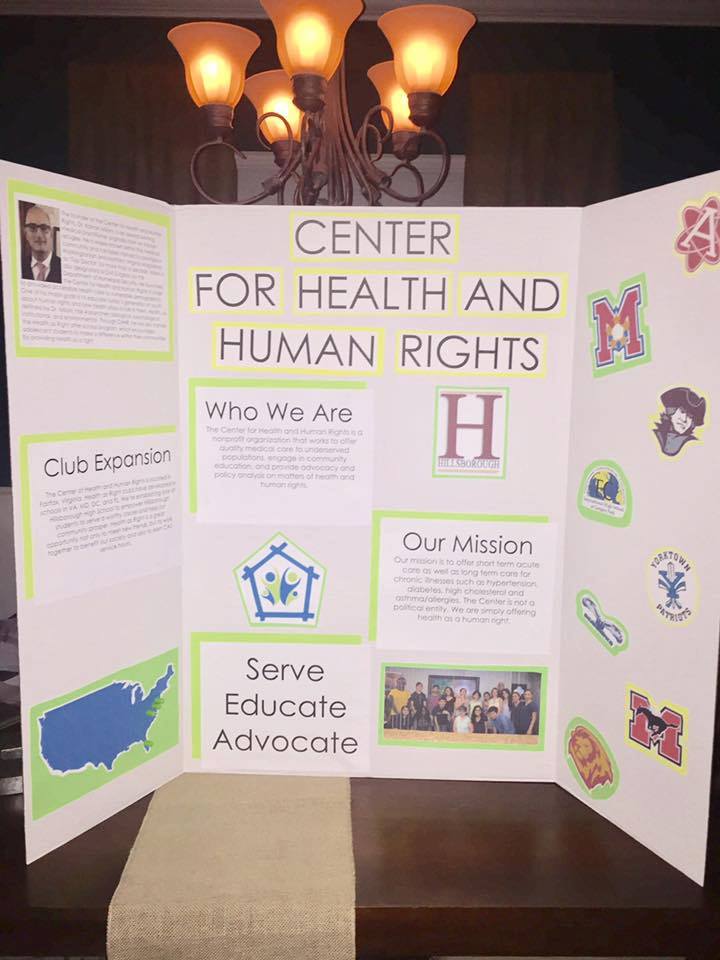
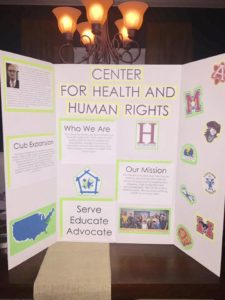 -Ron Lapitan, Former Community Outreach Coordinator
-Ron Lapitan, Former Community Outreach Coordinator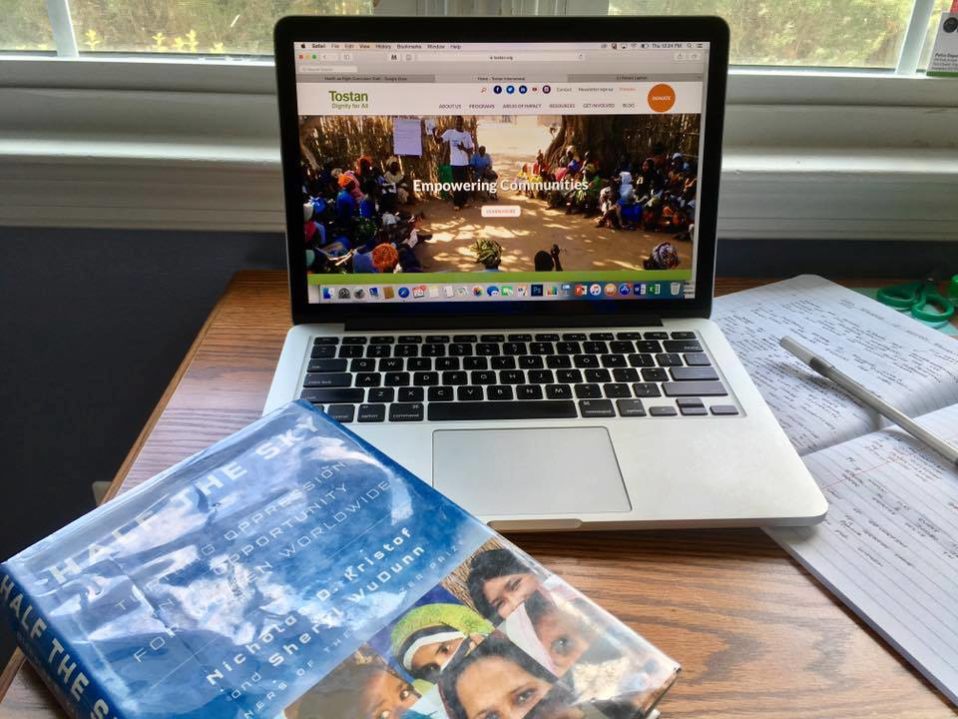
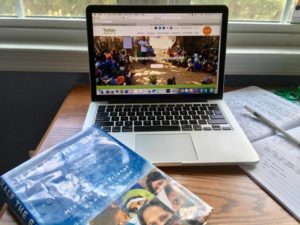 -Ron Lapitan, Former Community Outreach Coordinator
-Ron Lapitan, Former Community Outreach Coordinator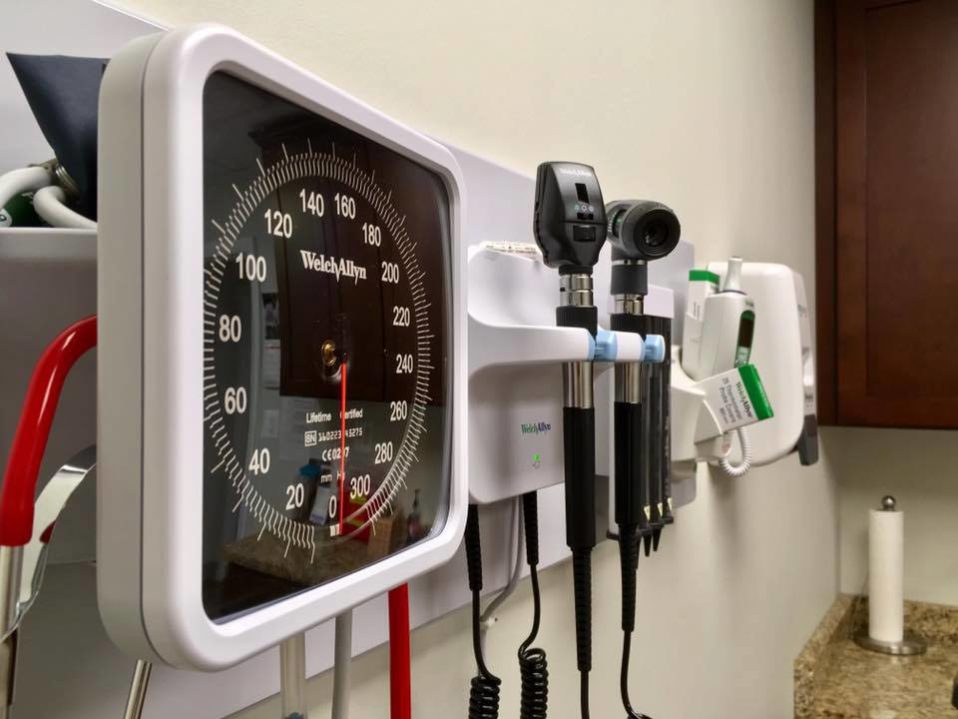
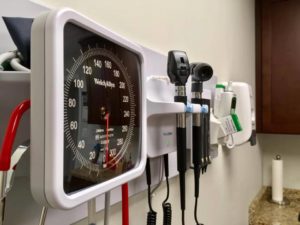 -Ron Lapitan, Former Community Outreach Coordinator
-Ron Lapitan, Former Community Outreach Coordinator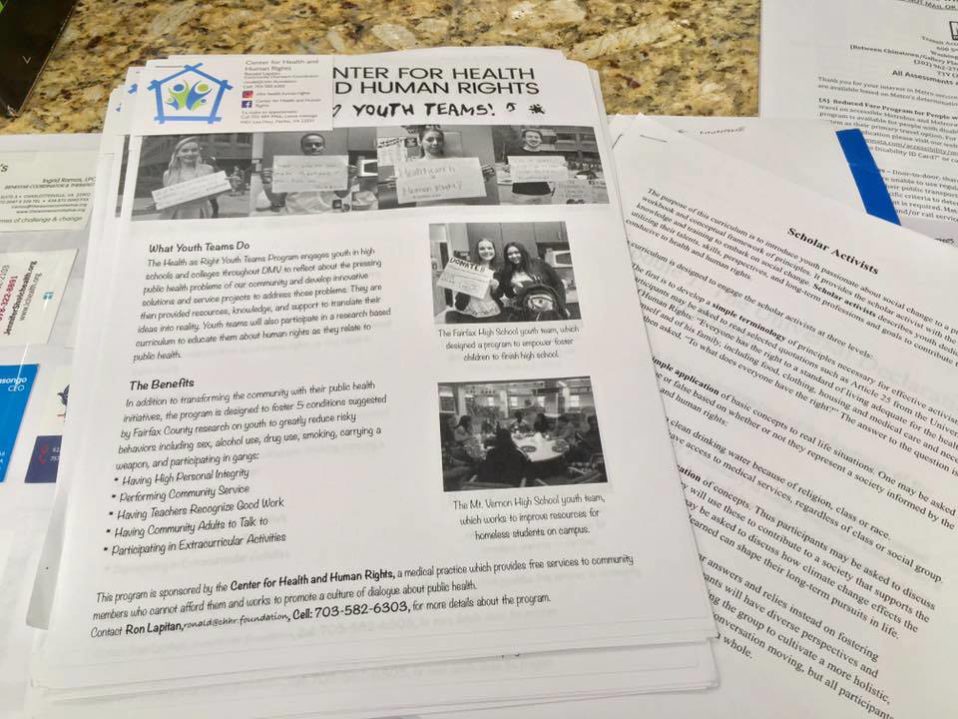
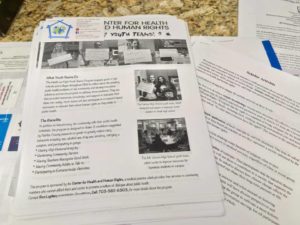 -Ron Lapitan, Former Community Outreach Coordinator
-Ron Lapitan, Former Community Outreach Coordinator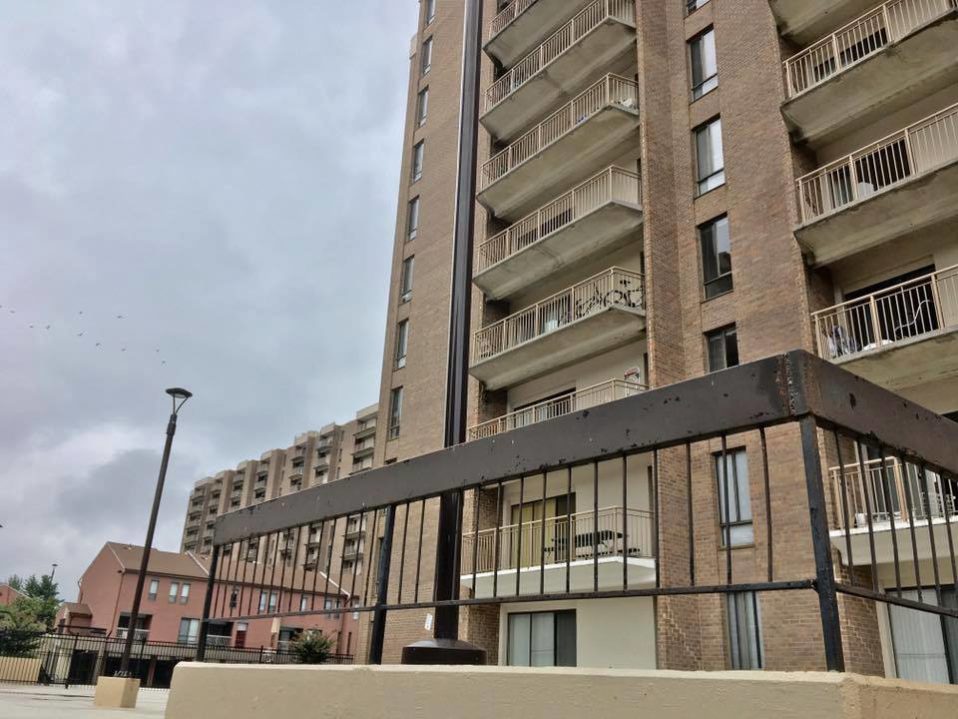
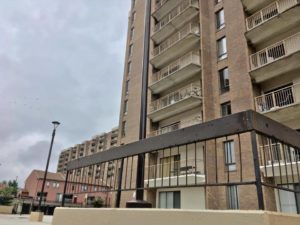 -Ron Lapitan, Former Community Outreach Coordinator
-Ron Lapitan, Former Community Outreach Coordinator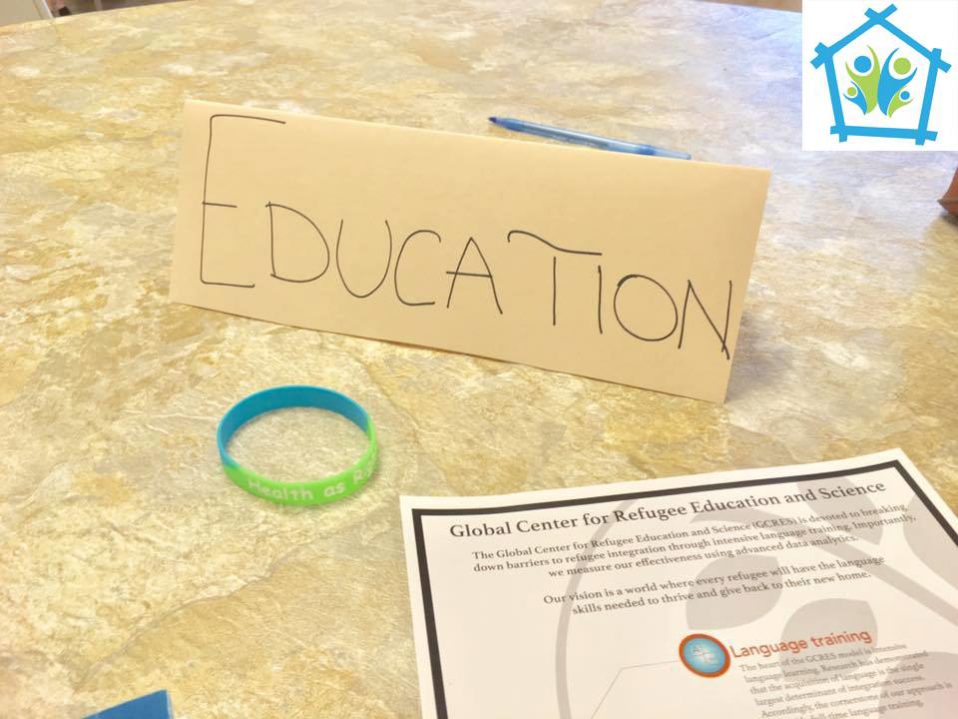
 -Ron Lapitan, Former Community Outreach Coordinator
-Ron Lapitan, Former Community Outreach Coordinator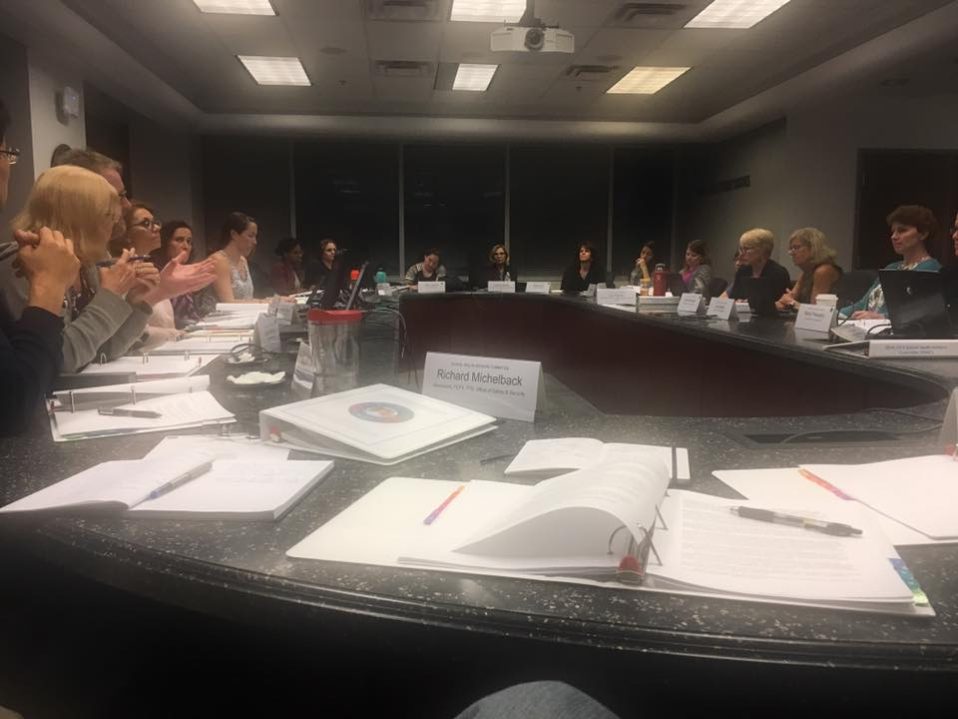
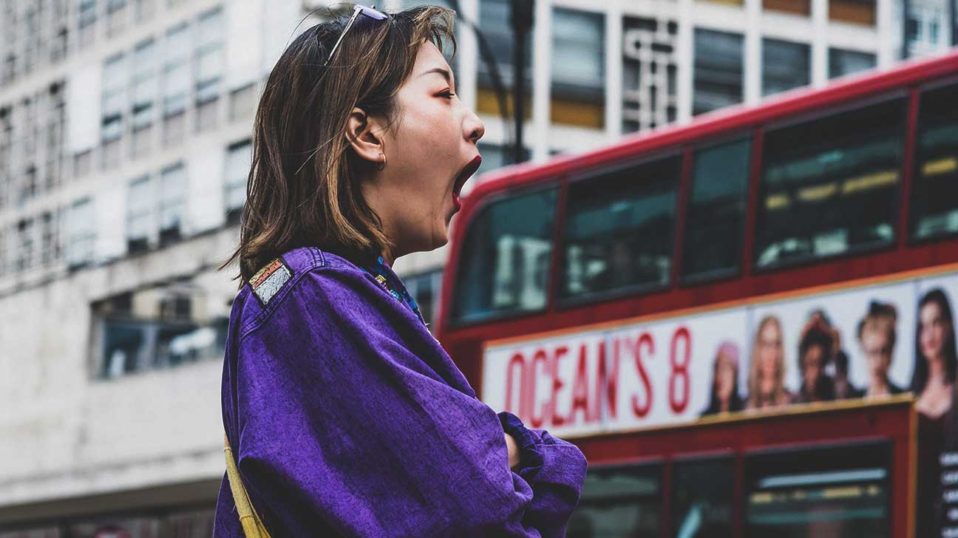
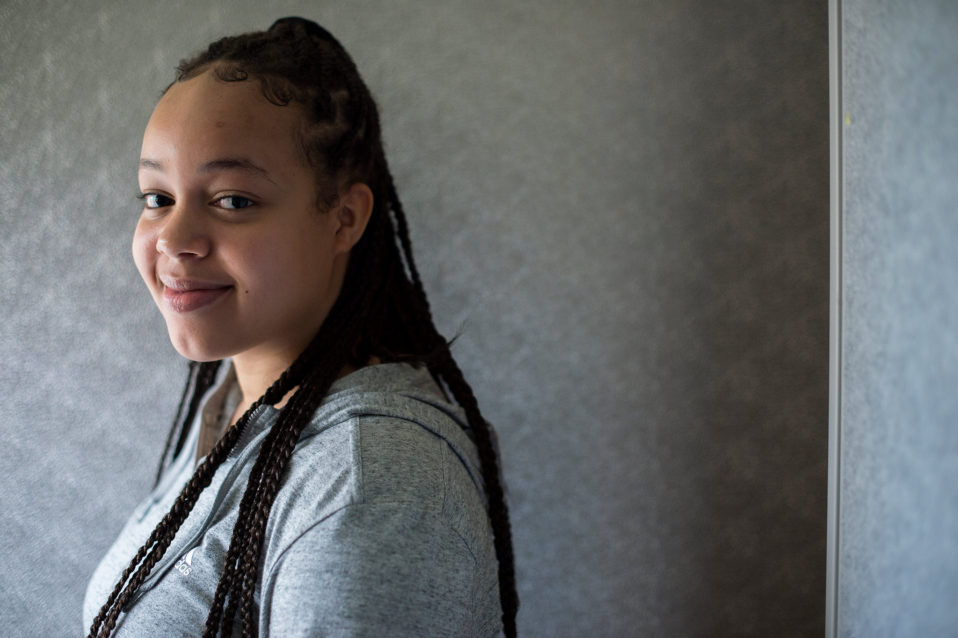
Recent Comments